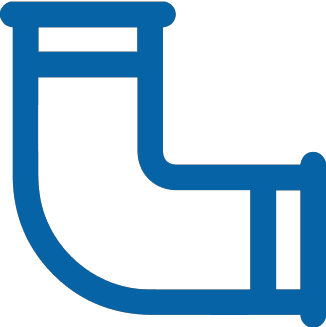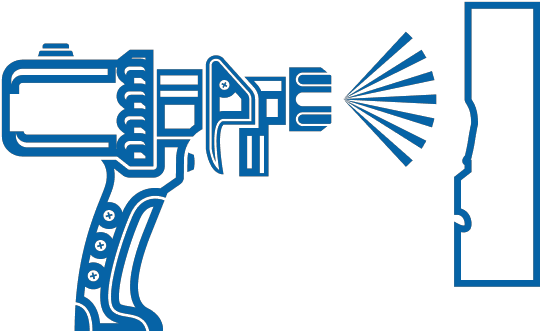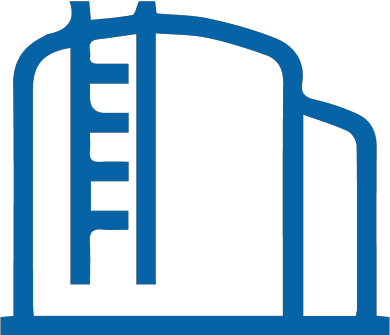Bedliner Paint Jobs:
Why and How to Transform Your Vehicle
Bedliner Paint Jobs: Why and How to Transform Your Vehicle
Bedliner paint jobs are an increasingly popular choice for vehicle owners and operators that are looking for complete vehicle protection or a unique new addition to their favorite car or truck. They’re called bedliner paint jobs, or sometimes just “bedlining,” because they use the same coating materials that were originally designed for lining truck beds to protect them from weathering and abrasion. Eventually people realized that if they can protect a truck bed, why can’t they also protect entire vehicles? Especially because truck bedliner materials can be made in a wide range of colors and finishes, they’re just as well-suited to vehicle exteriors as truck bed interiors. And the rest is history – bedliner paint jobs were born, and have only grown in popularity as more people are made aware of this functional and stylish new application of an established technology.
what is a
bedliner paint job?
Bedliner paint jobs use the same technology that’s applied to protect truck beds to coat entire vehicle exteriors with a durable polymer material like polyurea. These “bedliner paints” create a thin but highly robust barrier between vehicle surfaces and physical or chemical risk factors for weathering and abrasion. This includes scratches, bumps, drops, spills, leaks, corrosion, discoloration, or even – explosions! And if a safer, longer lasting vehicle wasn’t enough, bedliner paint jobs can also serve as a unique way of reinventing your style. Like traditional paints, bedliner paints can be formulated in unique colors and finishes, protecting your vehicle in a style of your choosing. So forget fragile PVC car wraps or boring old acrylic paints; bedliner paint jobs offer all of the style while also being a functional addition to any vehicle.
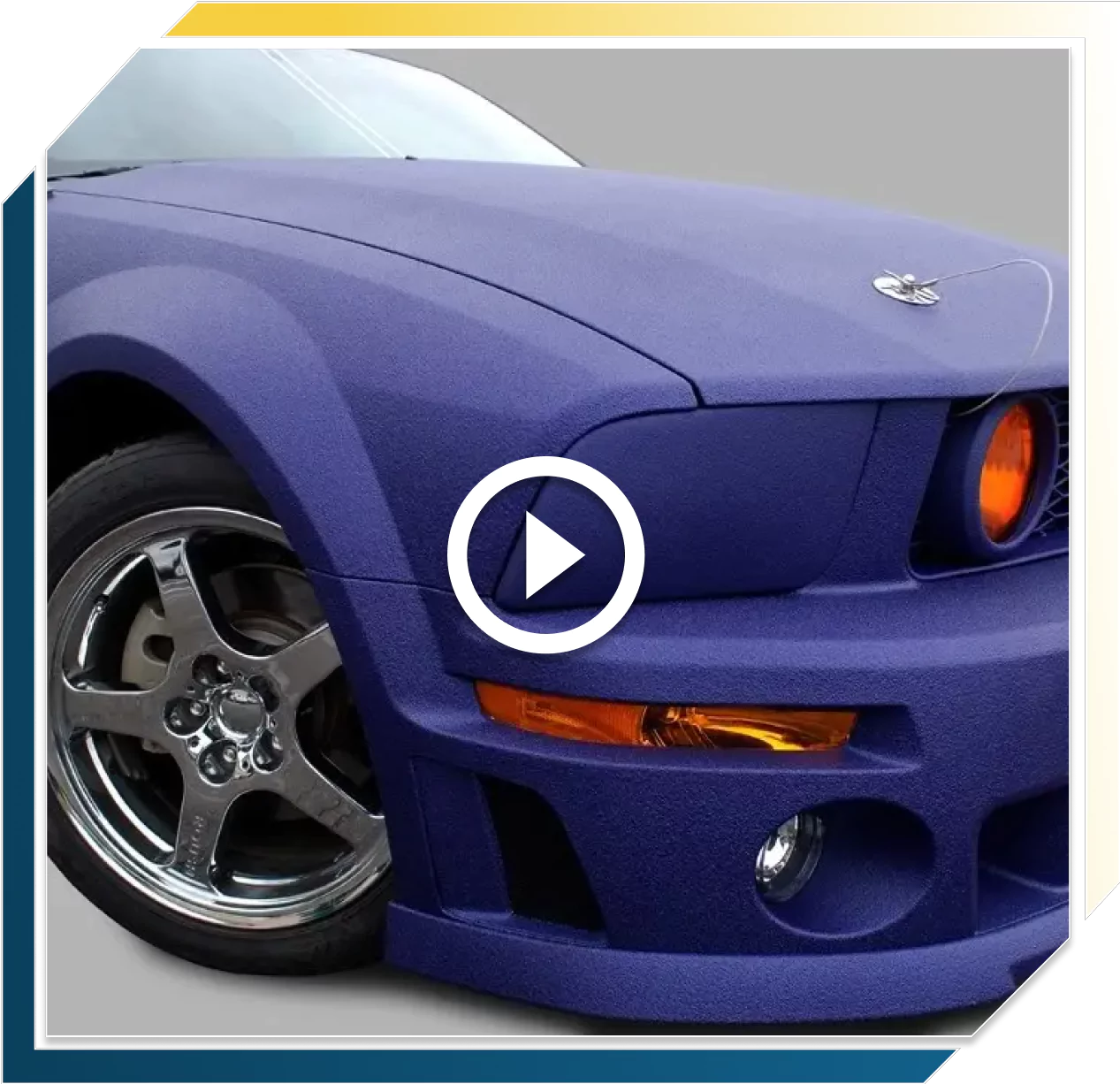
HOW IS A BEDLINER PAINT JOB APPLIED?
Just like traditional paint jobs and other non-traditional modifications to a vehicle’s exterior, bedliner paint jobs are carefully performed by trained experts to ensure a safe and effective application. The process begins with meticulous substrate preparation, which involves thoroughly cleaning the vehicle’s exterior surfaces to prevent any contaminants from creating non-uniform coatings or obstructing bedliner paints from strongly adhering to surface materials. Once cleaned, skilled technicians use high-pressure spray equipment to efficiently coat consistent, even layers of bedliner paint across the entire vehicle. Bedliner paints like polyurea cure rapidly and are ready for a return to service far faster than the infamously long dry times of traditional acrylic paints. And that’s it! In only one short session, any vehicle can be coated in a protective layer and be back out on the road with new peace of mind and something to show off to friends and family.
polyurea & polyurethane
bedliner paint
Bedliner paints are made from the same robust materials used to protect truck beds, industrial equipment, and even military tools and infrastructure. For almost 100 years, polyurethane has been used for countless applications across diverse industries and sectors. It’s renowned for its unique combination of strength and flexibility, making it perfect for protecting structures that can experience extreme temperature fluctuations or other dynamic environmental or operating conditions, just like truck beds and vehicle exteriors. Polyurea is a newer, more durable technology that’s frequently employed in protective coatings. Polyurea is even stronger and more durable than polyurethane with improved moisture resistance, and depending on the formulation, it can also offer protection from UV radiation. Both materials are 100% solids, solvent-free, and VOC-free, which makes them a more sustainable alternative to purely aesthetic alternatives like vinyl wraps or acrylic paints. Their unique chemical structures and eco-friendly profiles make polyurea and polyurethane the optimal material for bedliner paint jobs.
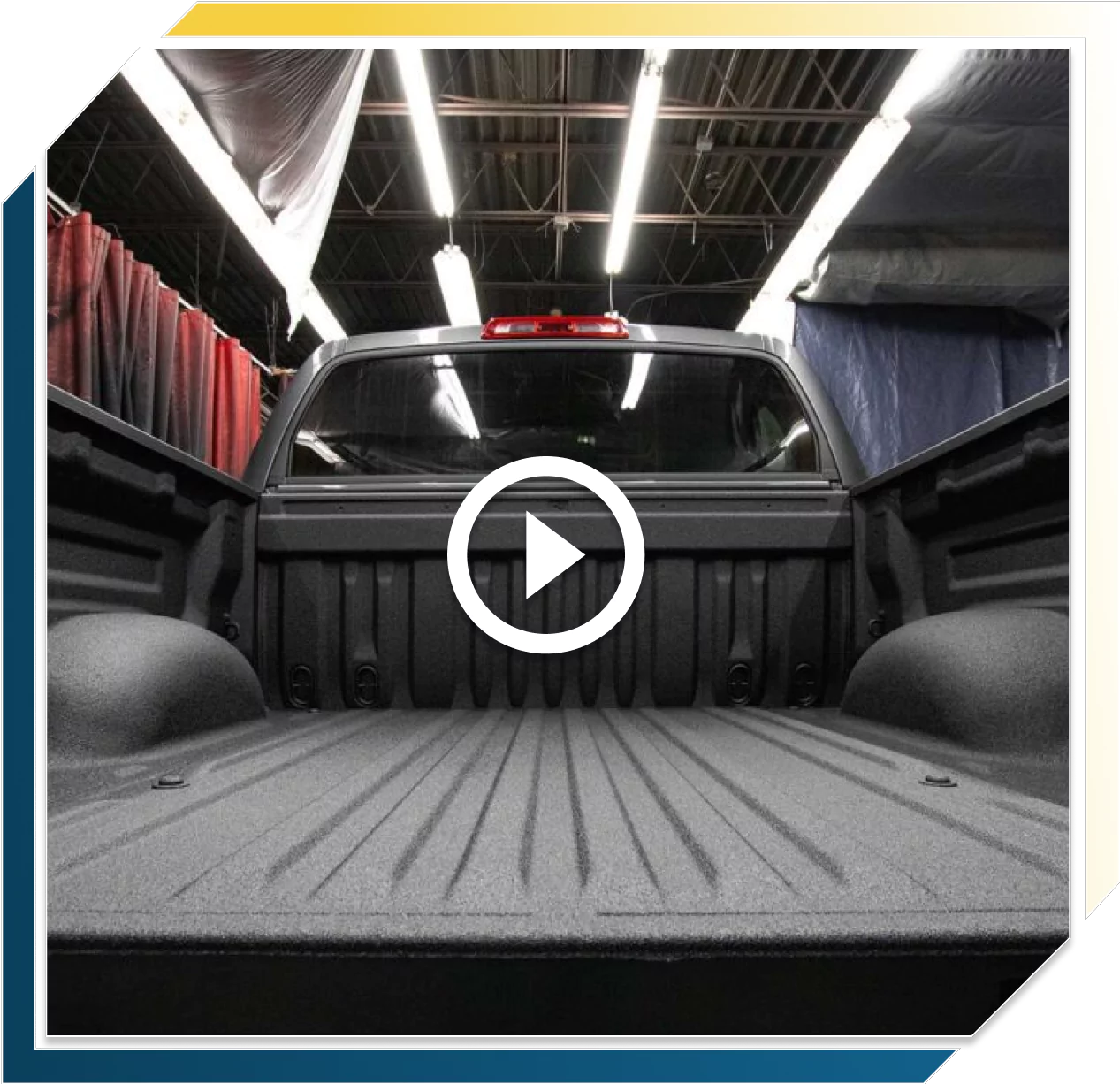
become a professional bedliner paint applicator
Bedliner paint jobs are exploding in popularity as more people learn about this unique and functional modification. As the industry booms, there are more opportunities than ever before to start a new career as a professional bedliner applicator. ArmorThane offers a complete applicator training program that equips aspiring applicators with the essential knowledge and invaluable industry insights to become certified professionals and thrive in this growing field. We bring over 35 years of experience leading the industry, and have seen this technology evolve from its beginnings into a sector of its own sought after by thousands of drivers every day. Contact us today to learn more about the ArmorThane Applicator Program, and we look forward to welcoming you to an exciting new career!
FAQ FREQUENTLY ASKED QUESTIONS
Bedliner paint jobs are for anyone looking for full vehicle protection or a unique way to make their vehicle stand out. They coat vehicle exteriors in a protective layer of durable polymer materials like polyurea and polyurethane, which can help significantly reduce weathering and abrasion. They come in a variety of colors and finishes that have made them a popular alternative to vinyl wraps or traditional acrylic paints that can be easily damaged or degraded.
“Bedliner paint” is what’s often used to refer to coatings materials applied in a bedliner paint job. Bedliner paint is made with robust technologies like polyurea and polyurethane, which can create durable coatings to resist weathering and abrasion. Like other types of paint, bedliner paint can be formulated in different colors and finishes that protect your car or truck in style.
The cost of a bedliner paint job depends on many different factors including the vehicle’s size, the type of bedliner paint, and the steps taken to prepare the vehicle for application. They’re typically a cheaper and more functional alternative to many vinyl wraps or traditional acrylic paint jobs, and can cost anywhere from a few hundred dollars to several thousand dollars.
Crazing refers to the formation of small cracks in the surface of the coating due to shrinkage after application. Micro-fracturing involves deeper cracks caused by increased coating stress due to the expansion or contraction of substrate materials beneath it.
The best way to prevent polyurea coatings from cracking is to prepare them carefully before application and properly cure afterward. For example, make sure that all surfaces are clear from dirt, dust, grease, oil stains, etc., before applying the coating, as these can cause adhesion failure, which could lead to cracking down the line. Also, be aware that some substrates are prone to absorption when wetted: if dampness has occurred from snow melt or rainfall, for example, then additional time should be taken for adequate drying before application so as not to risk shrinkage during cure time later on, which could again result in craze cracking over time. Finally, ensure that you follow your manufacturer’s instructions and adhere strictly to their recommended drying times for optimal performance; any deviations here will also strain your polyurea.






















